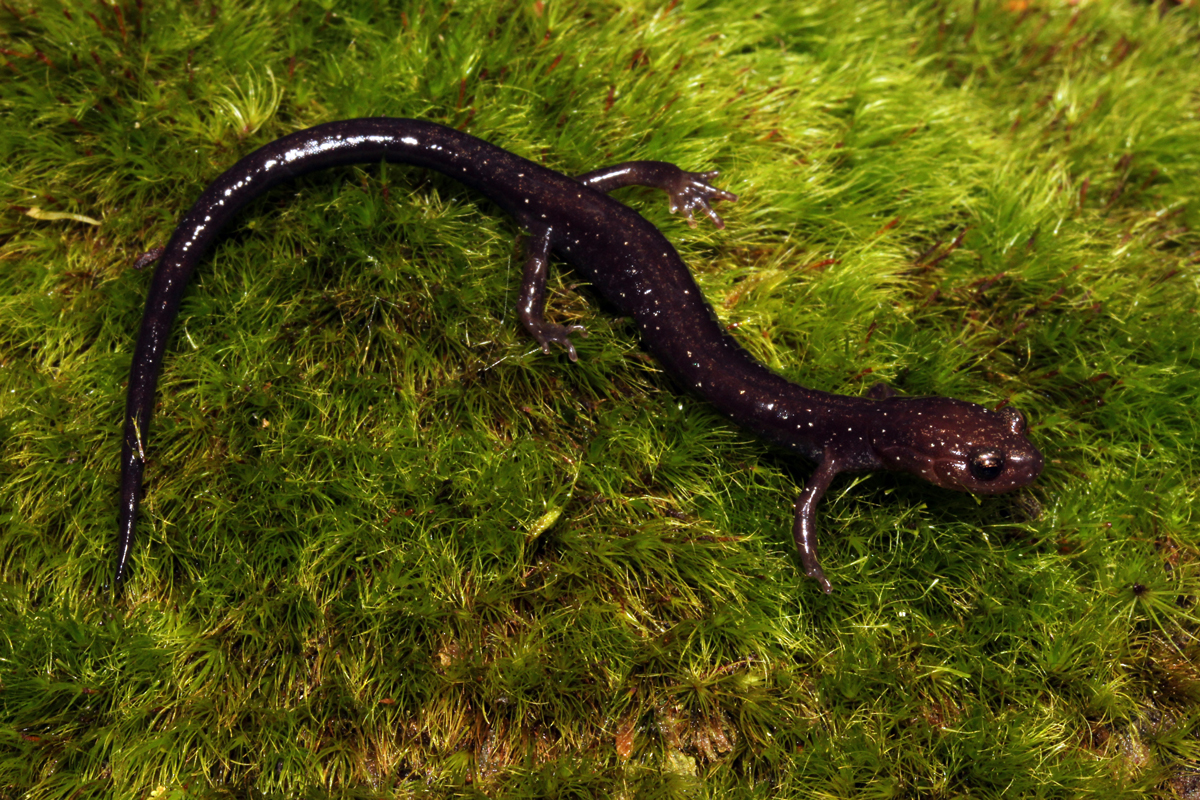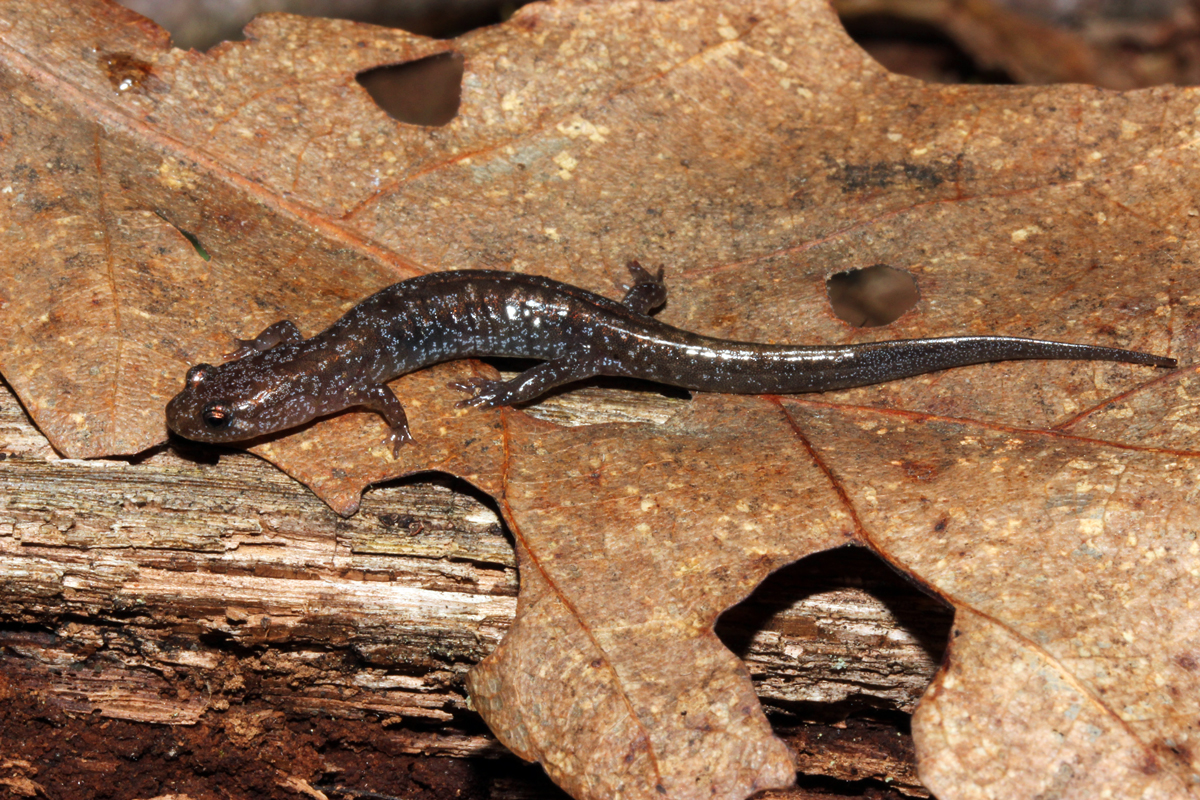The amazing mimicry of Desmogs
I have loved reptiles and amphibians since I was a kid; however I didn’t really start thinking about them from a scientific standpoint until I was in college. I was more into snakes, but I remember going on my undergraduate herpetology field course lead by the salamander biased Carl Anthony. At the time I was like, “Where are all the snaaaaaakes?”. However, I look back now as it being a pretty critical moment in my academic life. I especially remember finding Plethodon yonahlossee in North Carolina and just being amazed at those robust and colorful salamanders. I also remember finding Desmognathus species that had coloring VERY similar to Plethodon yonahlossee. This seemed odd, given the Desmogs were much smaller so it would be hard to be a real good mimic, I thought it was cool none the less. I kind of wrote it off as just color variation and didn’t think about it much for the next few years. This summer though really has made me think about it again with more scrutiny.
First off, there may be substantial literature out there discussing this topic, so if anyone sees this post and knows of some good papers, I would love to read them. However, I have not found any that discuss Desmog mimicry in great detail (outside of the obvious ones I am about to mention). Everyone knows the obvious mimics, such as Desmognathus imitator and D. ocoee, which can have red cheeks or red legs which directly mimic Plethodon jordani, Plethodon cheoah, and Plethodon shermani. Desmogs have substantial color variation and although I have poorly documented a lot of the individuals that look like they are mimicking a distasteful species which I have seen the past few years, I think I have seen examples of Desmogs mimicking several other Plethodon species (and potentially even a Leopard slug).
This first image shows the iconic Plethodon jordai vs Desmognathus imitator comparison. This mimicry is pretty striking and very difficult to argue.
This next one is less obvious, but has potential to be a case of mimicry. One the left is Plethodon montanus and on the right is a Desmog species found under the same cover object. Now, most Desmogs have lots of color variation and almost all have have a nearly all black/dark dorsum, but when looking for these guys it is hard to tell them apart at first glance so this may be a case where this confusion has caused much of this population to have this dark coloration (I think all Desmogs found were dark, however this is from last year and I was not thinking about this topic then).
These final two pictures are from Plethodon nettingi (top) and a local Desmog (bottom). The flecking on the Desmog is more pronounced, but the variation in P. nettingi is pretty high, ranging from many silver flecks to brassy flecking and even a mostly dark dorsum. Although I am sure it exists, I have never seen this color variation in Desmogs anywhere else and it seems to closely mimic the local Plethodon species.

Finally, we have also seen Desmogs that have very similar patterns to the abundant (and I am guessing distasteful) Leopard Slugs. Unfortunately, none of us got a good photo of the salamander, but when we found it we all came to the same conclusion. Of course there are also an abundance of red/yellow striped Desmog color patterns which is similar to many species of Plethodon including the super abundant Plethodon cinereus.
I have to imagine this has been discussed before and/or maybe it is all just a crazy amount of color variation and no mimicry is occurring. However, I have seen it enough in my short time working with salamanders to be intrigued. I am hoping to find more example during the rest of the field season, but as summer comes into full swing, I may have to wait until next spring for some of them. If anyone has any thoughts or more information on the topic I would love to hear it.
Also, I hope to have a full field update soon, however given WiFi and safe areas to use computers (since we have been camping 95% of the time) I have been using that limited time for data entry and other science related things. I should have a post up in the next couple weeks though (with many cool photos).



